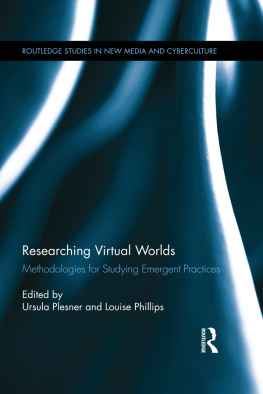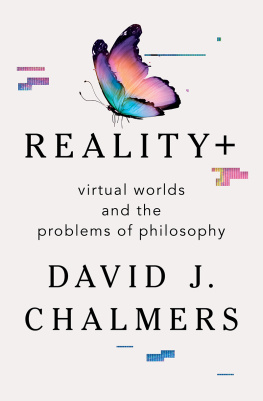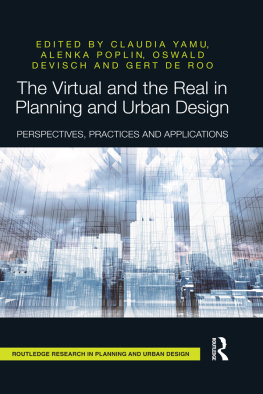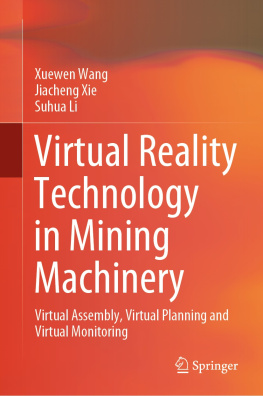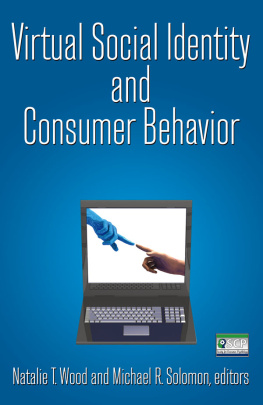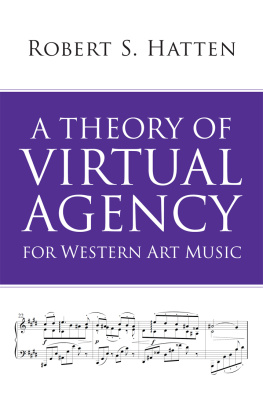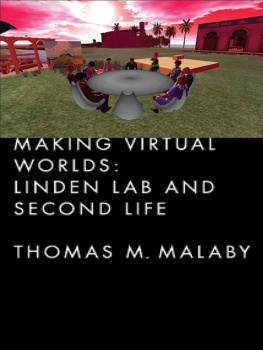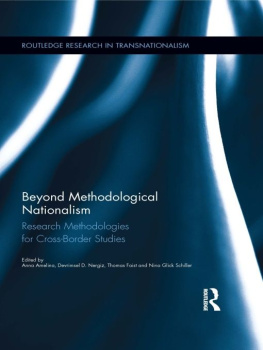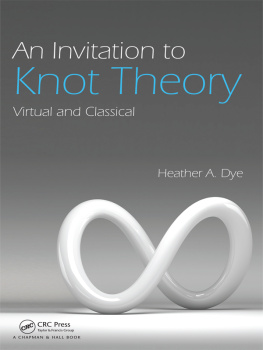1
Introduction
Ursula Plesner and Louise Phillips
A field of practice and scholarship has developed over the last ten years around virtual worlds; initially it was mostly concerned with defining what the information technological platforms known as virtual worlds were or could become (e.g., Bainbridge 2009; Heudin 2004), but it has increasingly focused on their role in practice and the complex socio-technical arrangements to which they belong (e.g., Heider 2009; Sonvilla-Weiss 2009). The present book engages in discussions of how we may understand emergent practices in and around virtual worlds with a focus on the crafting of methodologies that pinpoint the connections between technological elements and affordances, peoples engagement and sense-making, and discursive patterns and visions. A central point of the book is that if we recognize how methods perform (Law and Urry 2004), it is necessary to pay attention to how the methods we use in the study of virtual worlds contribute to enacting them as particular phenomena. This book about methodology, then, is not about what virtual worlds are, or how particular methods are best suited to study them, but about how virtual worlds emerge as objects of study through the development and application of various methodological strategies. When virtual worlds are not considered objects that exist as entities with fixed attributes independent of our continuous engagement with them and interpretation of them, a possible consequence is to work with a very open approach to virtual worlds. In this introductory chapter, virtual worlds are referred to as complex ensembles of technology, humans, symbols, discourses, and economic structures, ensembles that emerge in ongoing practices and specific situations. Such a formulation is less a definition of virtual worlds than it is an approach to an amorphous field. This entails that engagement in research on virtual worlds can be expected to address a large variety of empirical phenomena relating to virtual worlds, going beyond how they are built, what takes place inside them, or how people use them.
The more fixed definitions of virtual worlds that can be found in the virtual worlds literature have direct implications for how it is conceivable to approach a study of them and which elements it seems relevant to focus on. This follows from highlighting specific characteristics of the IT platform. For instance, virtual worlds have been defined as crafted places inside computers that are designed to accommodate large numbers of people (Castronova 2004, 4), a wording that points to the placeness of those worlds and to their potential social uses. They have also been conceptualized as [a] synchronous, persistent network of people, represented as avatars, facilitated by networked computers (Bell 2008, 2), a definition which highlights the individuals engaged in social interaction. Both these definitions resonate with the idea of virtual worlds as places of human culture realized by computer programs through the Internet (Boellstorff 2010, 126). Yet another attempt at pinning down the meaning of virtual worlds defines them as [I]nternet-based simulated environments that emulate the real world and are intended for users to inhabit and interact within them through avatars (Hua and Haughton 2008, 889). This definition points to the mirrorlike aspects of virtual worlds and hints at the potential correspondence between phenomena inside and outside virtual worlds. Finally, a common way of defining virtual worlds is to enlist several characteristics that must be fulfilled in order for us to identify something as a virtual world:
The online journal Virtual Worlds Review defines a virtual world as an interactive simulated environment accessed by multiple users through an online interface. Six essential features are prescribed: shared space (multiple users), a graphical user interface, immediacy ( interaction takes place in real time ), interactivity ( the world allows users to alter, develop, build, or submit customized content ), persistence ( the worlds existence continues regardless of whether individual users are logged in ), and socialization, or a sense of community. (McDonough et al. 2010, 9).
All these definitions point to relevant aspects of the IT platforms labeled virtual worlds, and to their specific affordances (Gibson 1986; Hutchby 2001). However, rather than aiming to contribute to refining definitions of virtual worldsthat is, what virtual worlds are the aim of this book is to offer methodological strategies for capturing the situated practices in and around virtual worlds and hence treat virtual worlds as phenomena that are constituted in situations and practices and that emerge as particular objects of analysis in the research process.
Situations and Practices of Engaging with Virtual Worlds
Some of the IT platforms central to the empirical investigations in the chapters of this book are Second Life, Habbo Hotel, City of Heroes, and the OpenSimulator Developer community. But the chapters are not simply , Strand insists that we refrain from starting with a fixed definition of the technology in question (virtual worlds, three-dimensional [3D] Internet, or the Metaverse); rather, we should begin our empirical investigations by looking at the very practices, situations, and events in which a particular phenomenon occurs, asking openly what appears and what emerges.
The aim of this book is to make a distinct contribution to methodological discussions in the field of virtual worlds researchand studies of new media technologies more generally. It is not to add to the large number of books on virtual worlds that seek to explain virtual world technologies and practices and to apply various theoretical perspectives to capture the specificity of virtual worlds. Most of these books pay relatively little attention to methodologies for the study of virtual worlds. There are notable exceptions to thisfor instance, a volume by Boellstorff et al. (2012) on the use of ethnographic methods in virtual worlds, and the extensive review of methods in which Bainbridge (2009) discusses a range of methods that can be applied within virtual worlds. For instance, Bainbridge details how experimental methods can be used to test reactions of people acting through their avatars to scenarios such as environmental catastrophes, conflict resolution in war zones, and so on. He also describes how observations can be used to study collaboration, the social consequences of bad behavior, or the implications of experimental architecture. To take a third example, he outlines how quantitative methods can be used to measure social dynamics in-world. In all these cases, what is presented are methodologies for studying practices within virtual worlds, whereby the researcher is inside them, for instance, embodied in an avatar. In contrast, the chapters of this book seek to engage methodologically with both online and offline phenomena and practices. This ties into the authors shared approach to virtual worlds as elusive objects of analysis that are co-constituted through actors and researchers engagement with one another and with particular situations and practices relating to virtual worlds.
Researching Virtual Worlds as Ensembles of Technology, Humans, Symbols, and Discourses
The distinction drawn above, between online and offline, may be a way of talking about particular empirical domains in focus, but no sharp distinction between the two is upheld in the methodological contributions of this book. Few virtual world researchers operate with an understanding of the virtual and the real as two different domains. Virtual worlds, it is argued, are both virtual and real (Schroeder 2002, 2012) and the virtual is not the opposite of real. As Schultze () have a similar interest in how a virtual world is developed by stakeholders with various affiliations, with a focus on the resources they bring to the development work and the particular parts of the virtual world that are cultivated by them.

